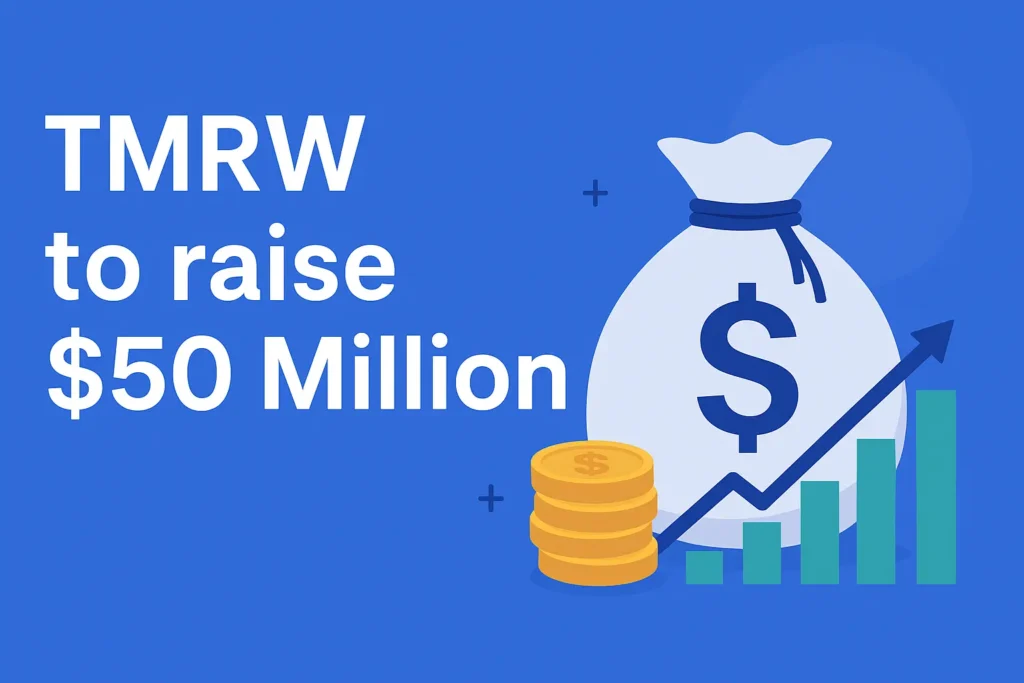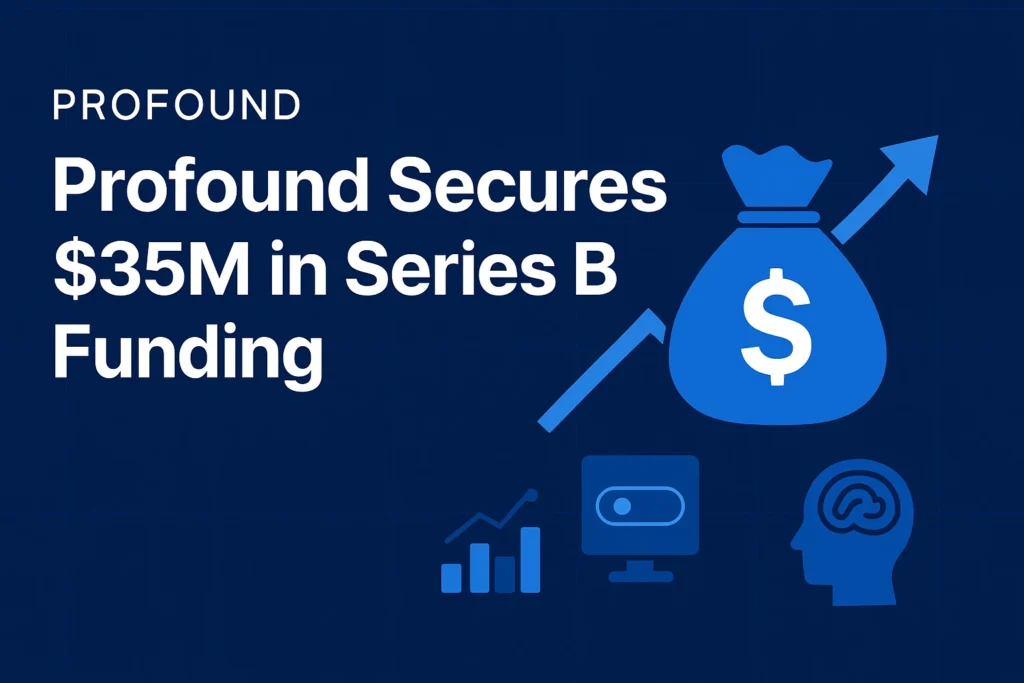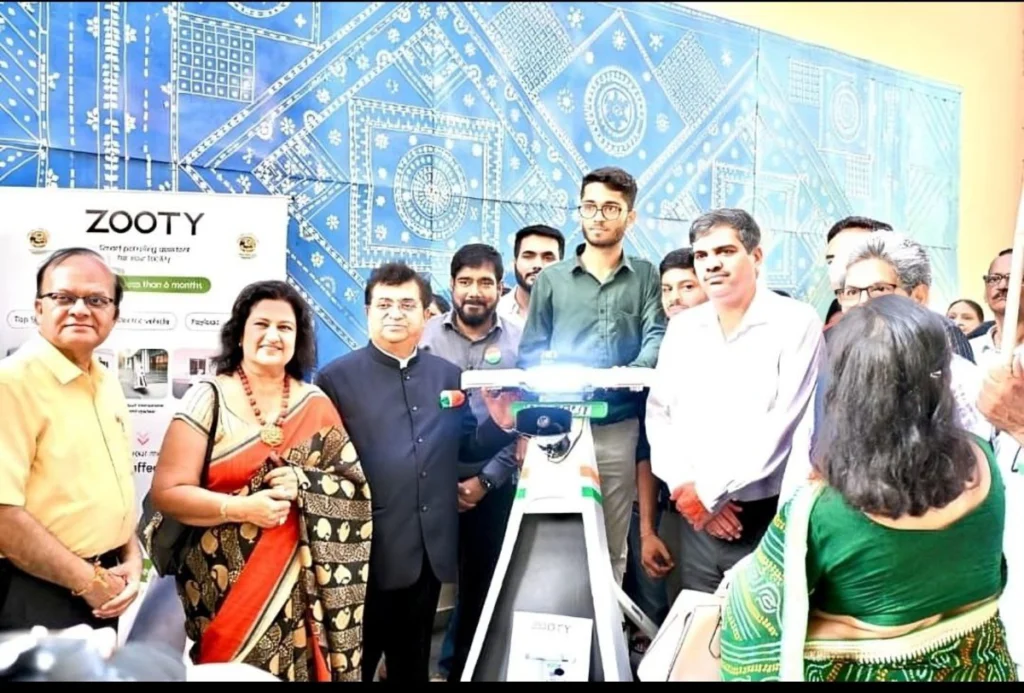| Category | Details |
|---|---|
| How Fal.Ai Started | Business Model Of Fal.Ai: Founded in 2021 by Burkay Gur (former Coinbase ML leader and Oracle engineer) and Gorkem Yurtseven (ex-Amazon developer). The founders spotted a massive gap early on—everyone was chasing large language models, but nobody was optimizing media generation infrastructure. They started by turbocharging Stable Diffusion for speed and scale, building proprietary inference tech that would eventually expand across image, video, audio, and 3D models. The core insight? Generic GPU clouds weren’t built for real-time media workflows requiring sub-second latency and model customization. |
| Present Condition of Fal.Ai | The company just secured approximately $250 million at a valuation exceeding $4 billion, led by Kleiner Perkins and Sequoia. This came less than three months after announcing a $125 million Series C at $1.5 billion valuation—that’s a 167% valuation surge in under 90 days! Currently serving over 2 million developers and 100+ enterprise customers including Adobe, Canva, Perplexity, Shopify, and Quora. Revenue crossed $95 million, exploding from $10 million ARR just one year ago—an 850% year-over-year growth rate. The platform handles over 100 million inference requests daily with 99.99% uptime, serving billions of AI-generated assets monthly. Over 600 models available across multiple modalities, powered by thousands of Nvidia H100 and H200 GPUs. Revenue grew more than 50% in just the last two months alone heading into the funding announcement. |
| Future of Fal.Ai & Industry | The generative AI market is projected to rocket from $16.87 billion in 2024 to $109.37 billion by 2030 (37.6% CAGR). The generative AI content creation segment specifically will surge from $14.8 billion in 2024 to $80.12 billion by 2030. Media and entertainment commanded 34% market share in 2024—the dominant vertical for AI applications. The platform is positioning itself as the operating system for commercial media generation, analogous to how AWS became infrastructure for cloud computing. Partnerships span major AI labs including Google Gemini, Black Forest Labs, Stability AI, and PlayAI. Asia Pacific is experiencing the fastest growth at 27.6% CAGR from 2025 to 2034, while North America maintains 41% market leadership. Financial services firms are increasing generative AI technology budgets from 12% in 2024 to 16% in 2025, with similar patterns across retail, marketing, and entertainment. |
| Opportunities for Young Entrepreneurs | The infrastructure layer of Fal.Ai is where the real money lives! While everyone’s building apps and models, the picks-and-shovels providers—the companies making generation fast, cheap, and reliable—capture disproportionate value. There’s massive opportunity in specialized inference optimization for specific verticals (healthcare imaging, legal document generation, personalized education content). Geographic expansion is wide open—Asia Pacific’s 27.6% CAGR means local infrastructure providers with regional expertise can win big. Enterprise compliance and security layers for generative media represent untapped markets, as do workflow tools connecting inference APIs to creative pipelines. The shift from experimental to production-grade AI creates openings for monitoring, debugging, and optimization tooling. Content creation led generative AI applications with 35.7% revenue share in 2024, validating that any infrastructure making media generation faster or cheaper has built-in demand. |
| Market Share | Fal.Ai operates in the generative AI infrastructure and content creation market, currently valued at $14.8 billion in 2024 for content creation specifically. While exact market share isn’t publicly disclosed, the platform serves over 2 million developers with $95 million revenue and processes 100+ million daily inference requests. Media and entertainment captured 34% of the total generative AI market in 2024. The serverless inference space includes competitors like Microsoft, Google, and CoreWeave, but the singular focus on multimodal media gives it specialized positioning. Enterprise customers span major platforms including Adobe, Canva, Perplexity, and Shopify, indicating significant penetration in creative and commerce verticals. |
| MOAT (Competitive Advantage) | Fal.Ai slashes costs and latencies by up to 10x compared to alternatives—this is absolutely killer differentiation! When creative teams experience sub-second video generation versus competitors’ multi-second latencies, switching costs compound exponentially as workflows integrate deeply with the APIs. The platform achieves 99.99% uptime with production-scale reliability that research labs and generic cloud providers struggle matching. Specialized optimization for media and multimodal inference enables capabilities impossible for generalist platforms. Over 600 models across image, video, audio, and 3D create a comprehensive ecosystem with network effects—more developers attract more model providers, which attracts more developers. Real-time streaming capabilities, model customization, and serverless architecture eliminate infrastructure management overhead that competitors can’t match without massive engineering investment. |
| How Fal.Ai Makes Money | Fal.Ai centers on usage-based pricing for serverless inference—developers pay per API call for generating images, videos, audio, and 3D content. The platform functions as infrastructure-as-a-service: developers make a single API call, the system allocates necessary GPU resources, executes models, streams results in real-time, then deallocates resources. This eliminates upfront GPU costs and infrastructure management for customers. Revenue streams include API usage fees from 2 million+ developers, enterprise contracts with 100+ customers like Adobe and Shopify (likely involving volume commitments and SLAs), and potentially premium features like priority processing, custom model hosting, and dedicated infrastructure. The $95 million revenue from processing billions of monthly assets demonstrates the unit economics work at massive scale. |
I’m Araib Khan, an author at Startups Union, where I share insights on entrepreneurship, innovation, and business growth. This role helps me enhance my credibility, connect with professionals, and contribute to impactful ideas within the global startup ecosystem.




